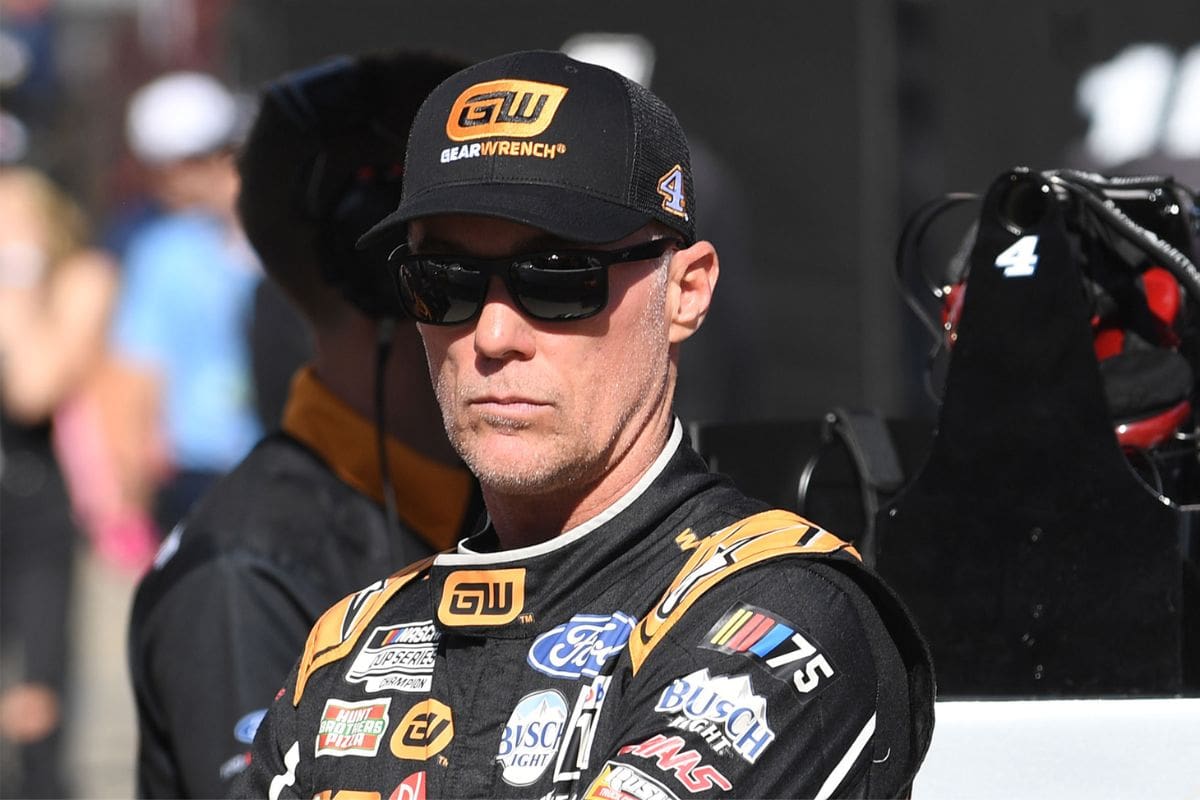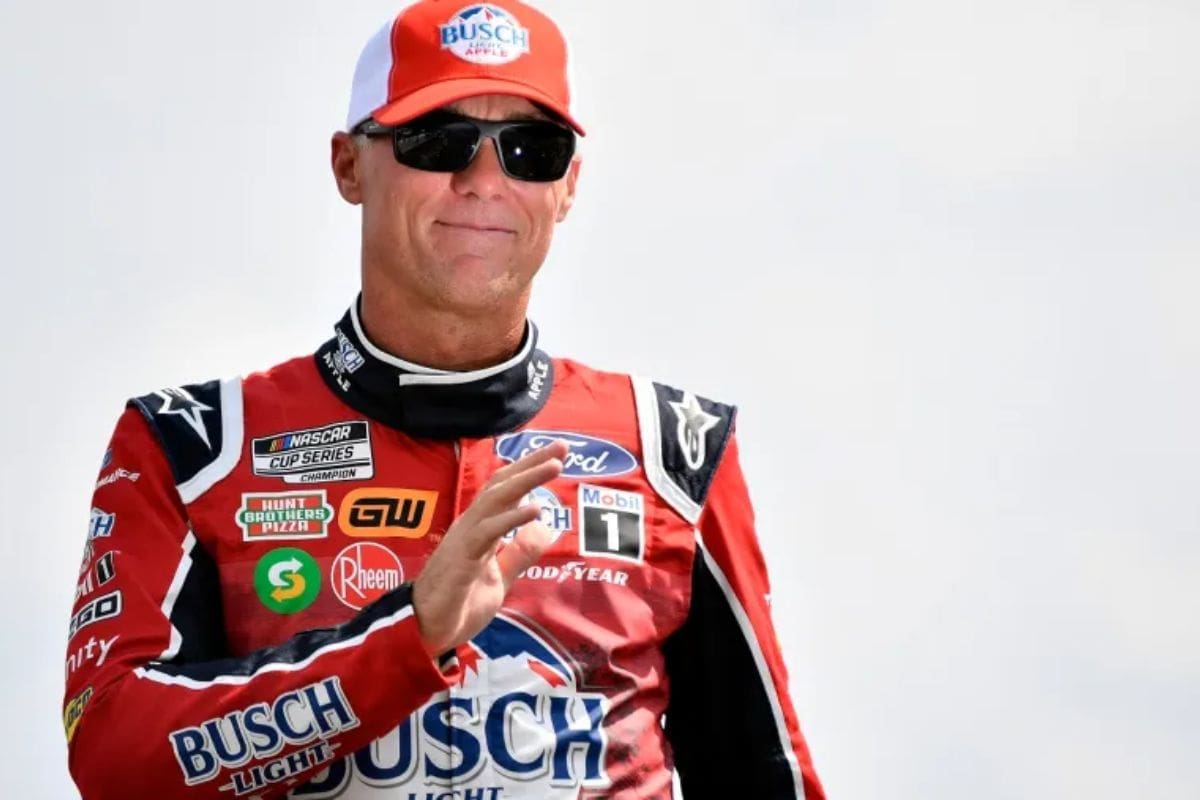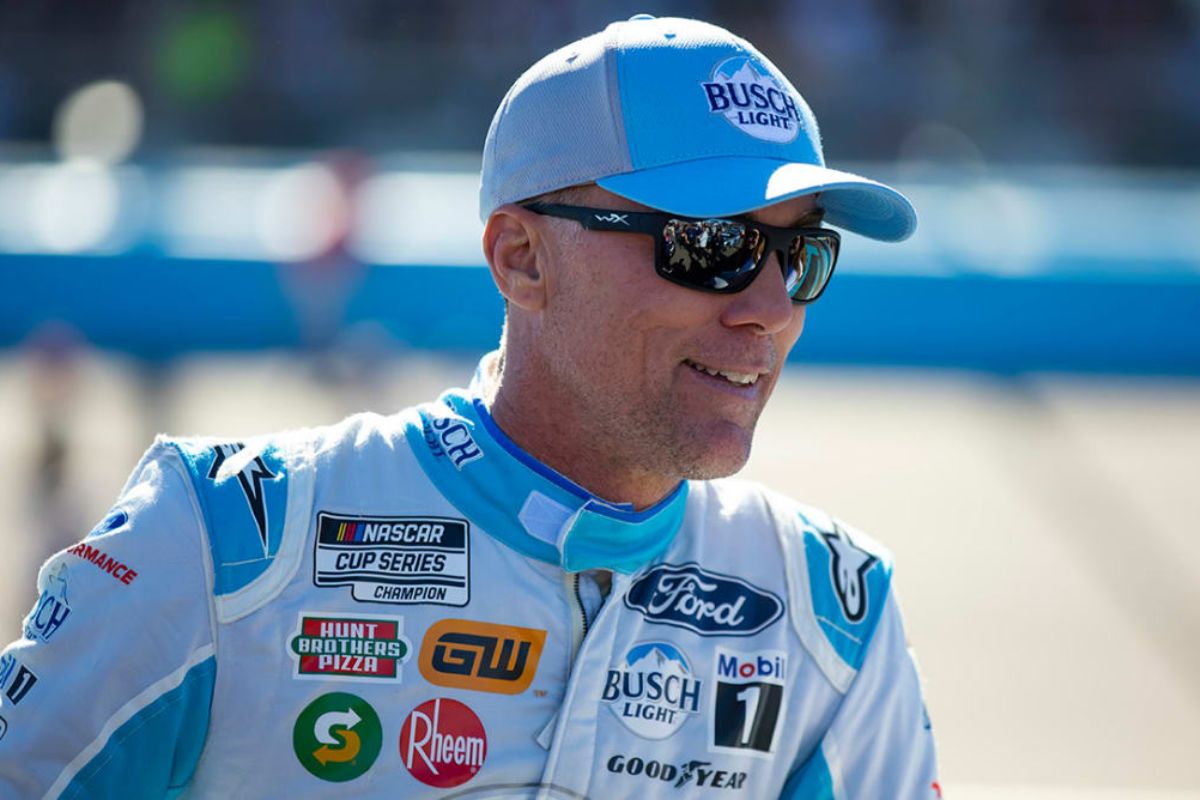Kevin Harvick Sparks NASCAR Horsepower Debate: Kevin Harvick’s recent commentary has captured the NASCAR community into a crucial debate over horsepower regulations, a conversation that looks into the core of balancing technological advancement with the essence of racing. His call for enhanced testing and increased horsepower not only raises questions about the future direction of NASCAR’s engineering protocols but also highlights the critical need for a subtle approach to preserving the sport’s competitive integrity. As stakeholders to think the implications of Harvick’s suggestions, the challenge ahead lies in harmonizing tradition with innovation in a manner that enriches the racing experience without compromising safety or fairness.
Key Takeaways
- Kevin Harvick demands for increased horsepower testing to improve NASCAR’s short track racing experience.
- Harvick emphasizes the need for a balance between speed, racecraft, and technology in races.
- The debate centers around modifying engine horsepower vs. managing tire degradation for better competition.
- Harvick’s stance reflects a broader concern within the NASCAR community for enhancing spectator appeal and race competitiveness.
- The challenge involves reconciling traditional racing excitement with modern performance and safety demands.
Overview of the Short Track Dilemma
The complex track dilemma in NASCAR, highlighted by recent events including Kevin Harvick’s comments post-Bristol race, covers the growing concerns over horsepower regulations that have sparked debate among stakeholders. This scenario is not just a singular complaint but a symptom of a larger, complex issue that has been beneath the surface of NASCAR.
The controversy is about the tracks like Richmond and Martinsville, alongside Bristol, which have traditionally been arenas where the raw power and agility of NASCAR vehicles are tested to their limits. However, recent races at these venues have brought to light a contentious issue: the regulation of horsepower.
The dissatisfaction stems from a perception that current horsepower regulations may not be conducive to maximizing the competitive nature and entertainment value of races on short tracks. These tracks, known for their tight turns and demanding requirements for acceleration and deceleration, are theoretically ideal for showcasing the prowess of high-horsepower vehicles. Yet, the recent swing through the NASCAR short track schedule has started debates over whether the existing rules effectively balance the need for safety, competition, and spectacle.

Kevin Harvick’s Perspective
Kevin Harvick’s demand for increased horsepower in NASCAR cars stems from a sophisticated understanding of its potential impact on the racing dynamic, emphasizing the need for testing and thoughtful consideration of engine development. Harvick’s viewpoint is not merely a quest for greater speeds but a detailed approach to enhancing the overall racing experience. By using on a practical evaluation of how increased horsepower affects various aspects of racing.
- The Importance of Testing: Harvick emphasizes that any increase in horsepower must be accompanied by thorough testing. This ensures that modifications lead to positive outcomes, such as improved race competitiveness and driver performance.
- Enhanced Racing Experience: The goal behind demanding for more horsepower is not just about faster cars but about enriching the racing experience for the drivers and fans. A well-balanced increase in power could lead to more dynamic races and exciting finishes.
- Empowering Drivers: More horsepower can give drivers greater control over their vehicles, allowing for a display of skill and strategy that is currently restricted by the limitations of the cars’ power.
- Consideration of Engine Development: Harvick’s call for careful consideration in engine development highlights the complexity of integrating more horsepower. It’s not just about the engines but how changes interact with aerodynamics, tire wear, and fuel consumption.
Harvick’s Call for Action
Amidst the ongoing debate within NASCAR regarding engine power, Harvick has put forth a persuasive argument for testing higher horsepower engines to better understand their potential effects on the sport’s competitive landscape. During a recent episode of his podcast, Harvick highlighted the importance of moving beyond mere discussions to actual investigation. The essence of Harvick’s proposition lies in the collaboration with engine builders to conduct thorough testing sessions, which could offer substantive insights into how increased horsepower might influence race dynamics, safety, and viewer engagement.
“I think the reality of the situation, that I’ve learned, is you’re not just going to turn the spigot on and switch over to big horsepower.”
“Because in the end, there’s no way that the development of the manifolds and all the things that are happening inside of the engines can’t be different in order to maximize power.”
“Now, sure they’re going to spend that money on development that they would, but they’re also going to have to, if they have different horsepower for short tracks and road courses, they would need to have a different engine rotation. So, there’s more to it. There needs to be a runway to ‘How do we get there?“-(Harvick)
Harvick’s approach is practical and grounded in a deep understanding of the sport. By demanding for a structured testing regime, he is not merely suggesting a return to the power levels of past but is pushing for an informed exploration of what peak engine performance could look like in modern NASCAR.

NASCAR’s Dilemma
NASCAR’s current situation revolves around a critical choice between enhancing engine horsepower and managing tire degradation, a decision that could greatly impact the sport’s future and its core identity. Kevin Harvick’s outspoken position on the matter highlights the complexity of balancing traditional racing excitement with the demands of modern competition.
- Preservation of Racing Heritage: Maintaining the thrilling, nature of NASCAR races, which traditionally involve powerful engines and strategic tire management, is important. The fear is that deviating too far from this formula could reduce NASCAR’s unique appeal.
- Adaptation to Technological Advances: The Next-Gen car represents a significant shift in NASCAR’s technical landscape. Ensuring these cars can deliver on performance and safety without diminishing race day excitement is a fine balance.
- Fan Engagement and Satisfaction: The core fanbase expects a certain type of racing experience. Changes that might affect the perceived authenticity or excitement of the races could risk alienating this crucial demographic.
- Sustainability and Future-Proofing: Decisions made now will set the course for NASCAR’s future. Balancing immediate competitive concerns with long-term viability and relevance in the evolving motorsports is essential.
Urgency for Change
Facing a critical point, the NASCAR community, led by figures such as Kevin Harvick, is pressing for significant modifications to uphold the essence and excitement of short track and road course racing. The urgency for change stems from a collective realization: without decisive action, NASCAR could unravel, diminishing the visceral thrill that defines the sport. The debate centers around whether to increase horsepower or address tire falloff, but the underlying goal is solid—enhancing the competitive nature and spectator appeal of racing.
“Well, the first thing we need to do is put the freaking horsepower in the car at one of these damn tests and let’s see if it’s better. Okay? We’ve got three different engine builders, build an engine. Please build me an engine and just tell me if it’s better, if it’s not I will shut up. Okay? And if it is better let’s give the engine departments to get there next year so we can have more horsepower. If not, then let’s be done with it.”
“So, there’s way more to it than just turning the spigot on and saying ‘Hey, we want more horsepower.’ And I think you have to be fair to the engine shops and give them a path to get there and understand what the rotation would be, what the development would be, all the things that come with changing it. But why can’t we test it?”-(Kevin Harvick)
Analytically, the call for change is not merely about adjustments to racing parameters but a reflection of NASCAR’s broader challenge: to innovate while staying true to its roots. The community’s push, led by veterans like Harvick. NASCAR’s leadership faces a decisive decision, one that will either revive the sport or risk stagnation. The urgency is noticeable, driven by a deep-seated passion for racing and an understanding that the essence of NASCAR lies in its unpredictability, intensity, and the sheer skill displayed at every turn.

News in Brief
Kevin Harvick’s demand for increased horsepower and thorough testing in NASCAR highlights a crucial challenge in motorsports: the pursuit of balance between technological advancement and the essence of racing.
This discussion not only sheds light on the complexities inherent in balancing speed, control, and competition but also represents a critical moment for NASCAR in reconciling tradition with innovation.
As the sport navigates these complexities, collaborative efforts with engine builders and stakeholders are essential to ensuring a dynamic, engaging, and future-oriented racing experience.
Our Reader’s Queries
Q: Why did NASCAR reduce horsepower?
A: NASCAR has considered reducing horsepower on multiple occasions in its history, driven by various factors such as safety, manufacturer considerations, and enhancing the racing spectacle. Despite this, fans typically prefer seeing NASCAR increase horsepower for more excitement on the track.
Q: How much horsepower do NASCAR cars have?
A: Unrestricted Sprint Cup cars generate over 750 horsepower (560 kW) and can reach speeds exceeding 200 mph. Rusty Wallace demonstrated this in a 2004 NASCAR test at Talladega, achieving average lap speeds of 221 mph (356 km/h) and top speeds nearing 230 mph (370 km/h).
Also Read: Kevin Harvick Reveals Texas Motor Speedway’s Secrets: Insider Insights!

